2025/10 Archive: Expressionist, Gothic, and Revival Architecture Insights
When you think about how buildings tell stories, you’re really thinking about architecture, the art and science of designing physical spaces that reflect culture, technology, and emotion. Also known as built environment, it’s not just about walls and roofs—it’s about how people feel in a space, and why some structures stick with us for centuries. In October 2025, Macklowe Art & Architecture dug into five major movements that shaped the way we see buildings: Expressionist architecture, a bold, emotional style using curved forms and dramatic materials to convey inner feeling; Gothic architecture, a medieval breakthrough that used flying buttresses and stained glass to lift churches toward the sky; and three revival styles—Colonial Revival architecture, a 19th-century nod to early American design with symmetrical facades and pedimented doors; Greek Revival architecture, a movement that brought temple-like columns and grand porticos to banks, schools, and homes; and Rococo art, a playful, ornate style that turned interiors into pastel dreams with swirling curves and gilded details.
These aren’t just old styles. They’re living influences. Expressionist buildings like the Einstein Tower still inspire modern architects who want emotion in concrete. Gothic engineering didn’t just build cathedrals—it gave us the blueprint for skyscraper frameworks. Colonial and Greek Revival designs aren’t relics; they’re still used in government buildings and university campuses today because they feel permanent, trustworthy. And Rococo? Its love of detail lives on in luxury interiors and even digital UI design. What ties them all together? A belief that form follows feeling, not just function. You’ll find posts here that explain how flying buttresses work, why expressionist architects rejected symmetry, and how Greek columns became symbols of democracy. You’ll also see how Rococo’s lightness countered the heaviness of Baroque, and why Colonial Revival popped up again during America’s identity crises in the 1800s.
What You’ll Find in This Archive
This collection doesn’t just list buildings—it shows you how they were made, why they mattered, and where their DNA shows up today. Whether you’re curious about the engineering behind rib vaults, the cultural push behind reviving colonial styles, or how art movements like Rococo spilled into architecture, you’ll find clear, no-fluff explanations. No jargon. No fluff. Just the facts, the stories, and the connections that make these styles more than just aesthetics—they’re part of our shared history. Below are the full guides that break it all down, one building, one movement, one idea at a time.
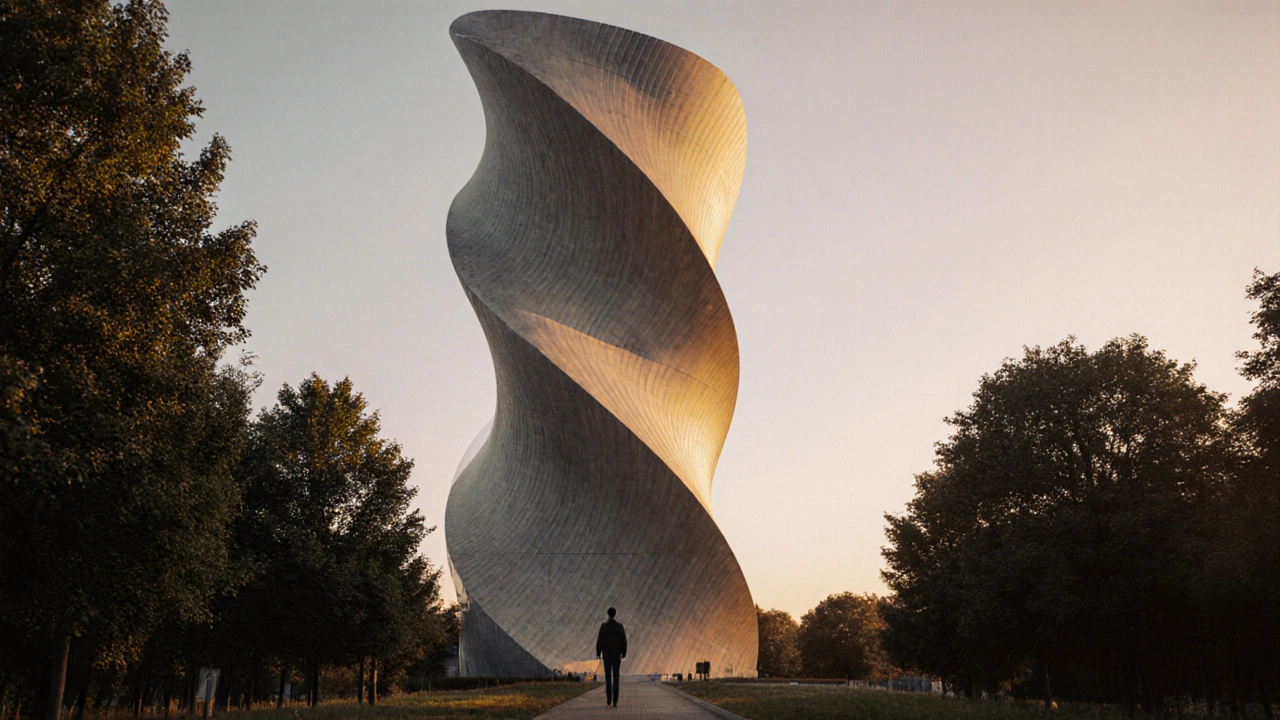
Masterpieces of Expressionist Architecture You Must Visit
Discover five iconic expressionist buildings that blend emotion with architecture-curved towers, glowing glass, and bold forms that still inspire today. Visit the Einstein Tower, Goetheanum, Chilehaus, and more.
Read more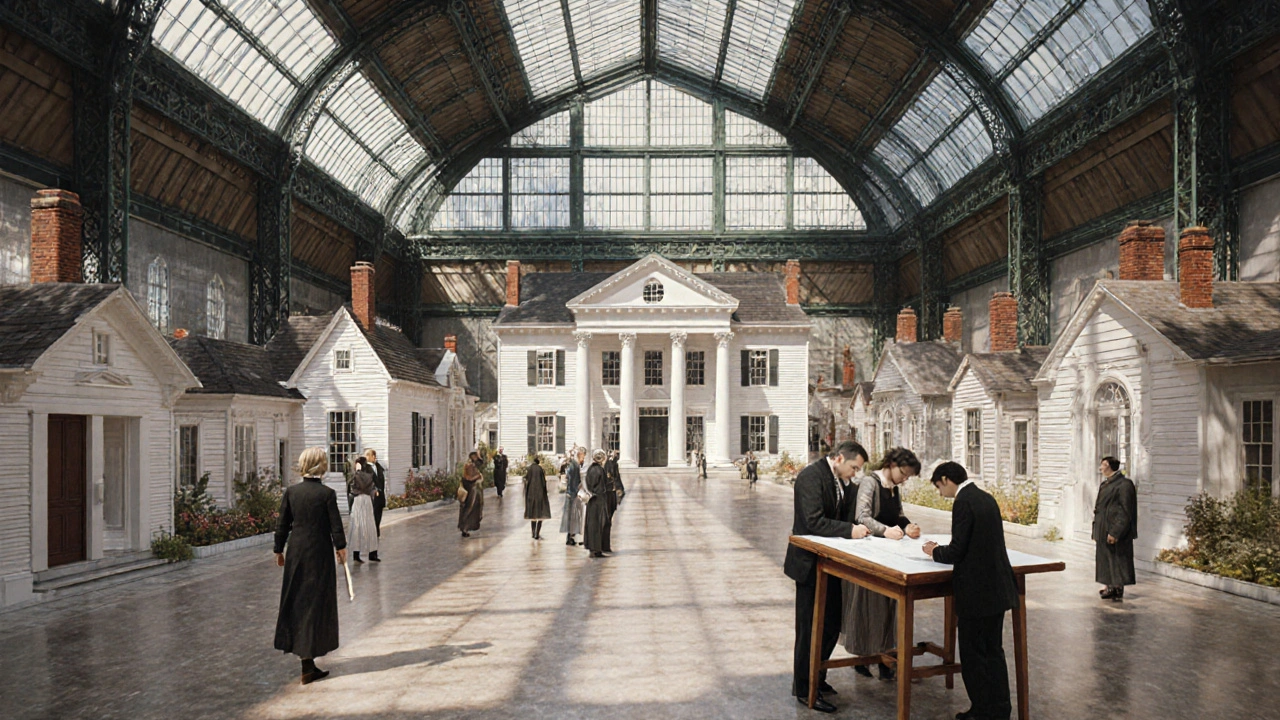
Colonial Revival Architecture: A Rich Historical Overview
Explore the origins, key features, major architects, and lasting impact of Colonial Revival architecture in an engaging, detailed guide.
Read more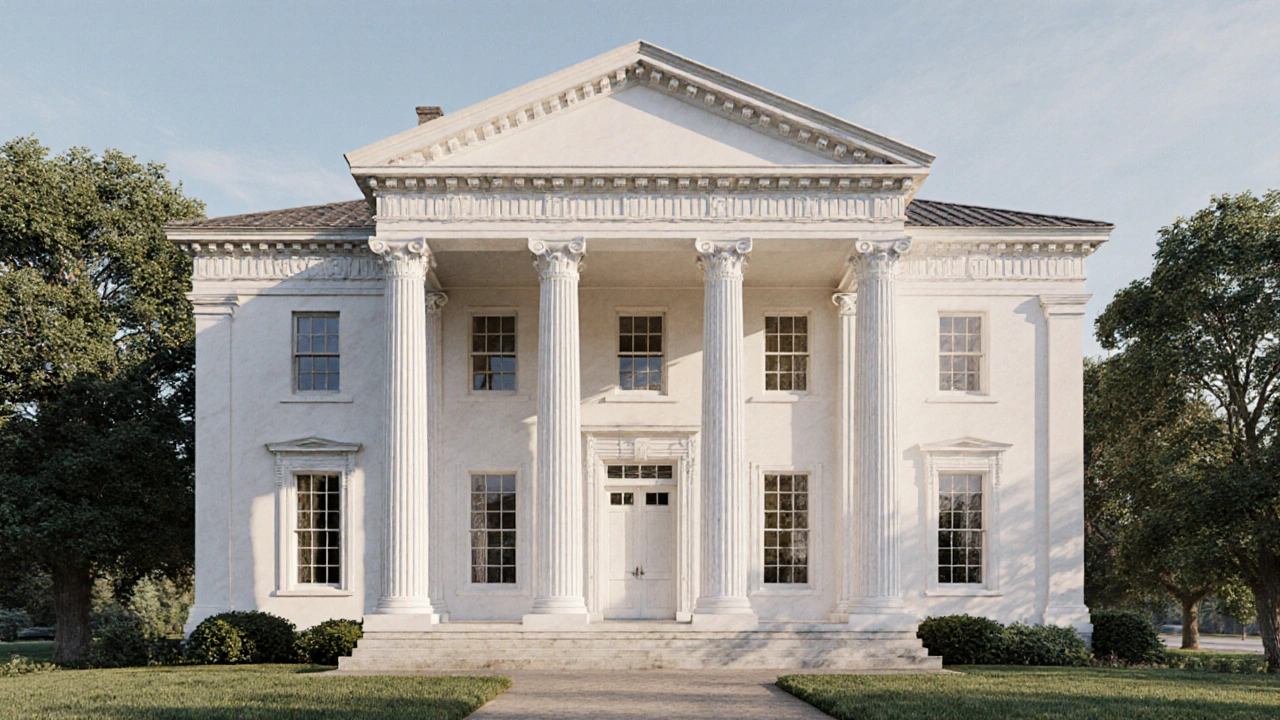
Greek Revival Architecture: Key Features and History Explained
Explore Greek Revival architecture's origins, key features, regional twists, iconic examples, and preservation tips in this in‑depth guide.
Read more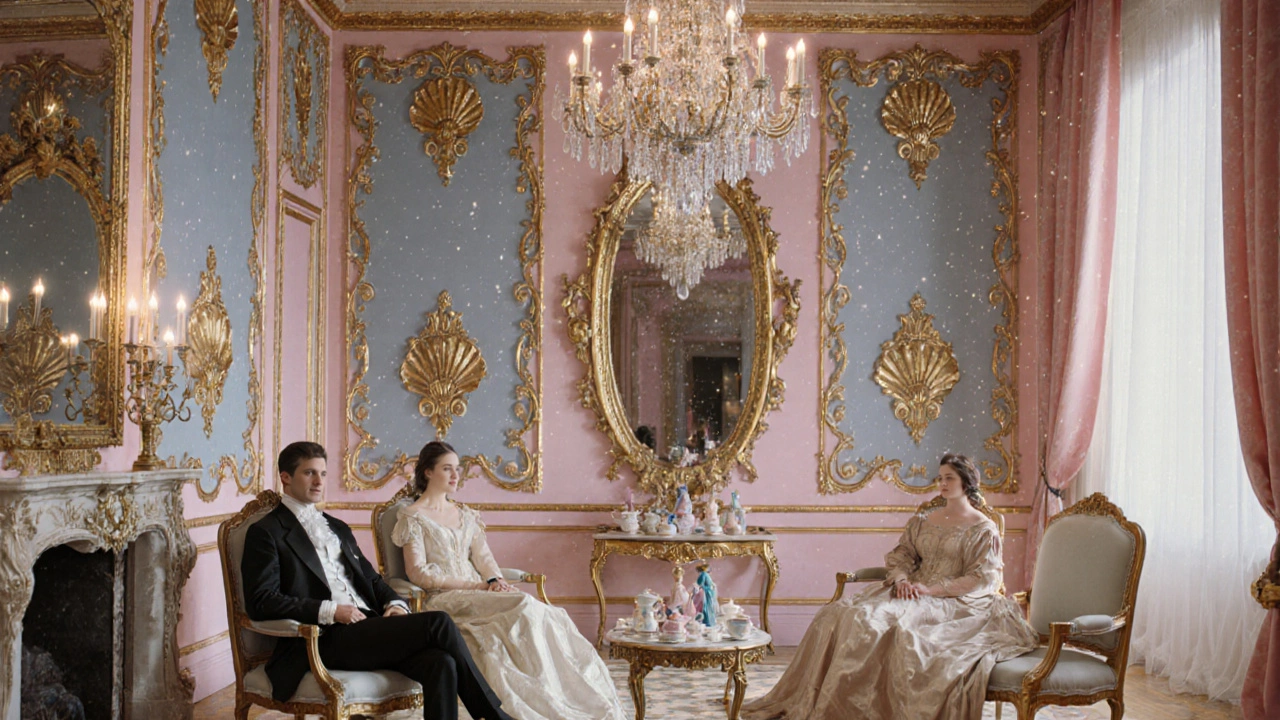
Rococo Art: 18th‑Century Revolution Explained
Explore Rococo, the 18th‑century artistic revolution, its origins, key traits, famous artists, architecture, and lasting influence in a clear, engaging guide.
Read more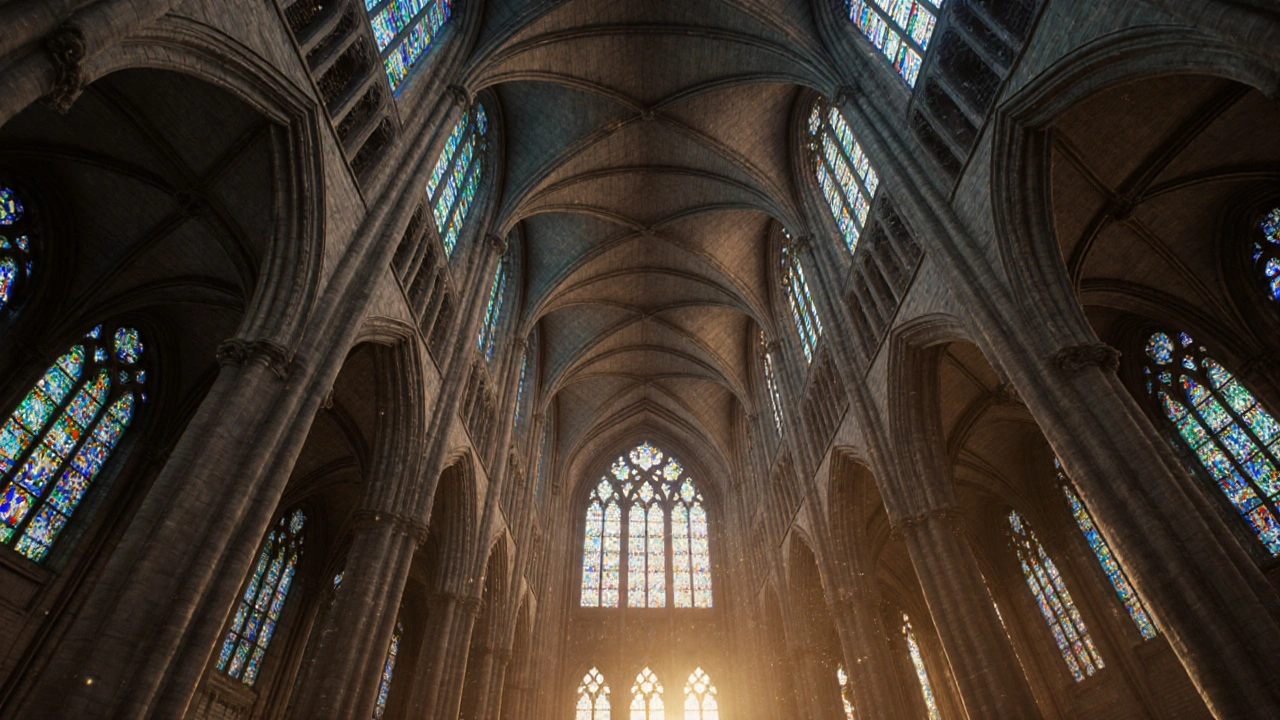
Gothic Architecture - How Art Meets Engineering in Medieval Cathedrals
Explore how Gothic architecture blends soaring stone engineering with vibrant art, from flying buttresses and rib vaults to stained‑glass marvels, and see its lasting impact on modern design.
Read more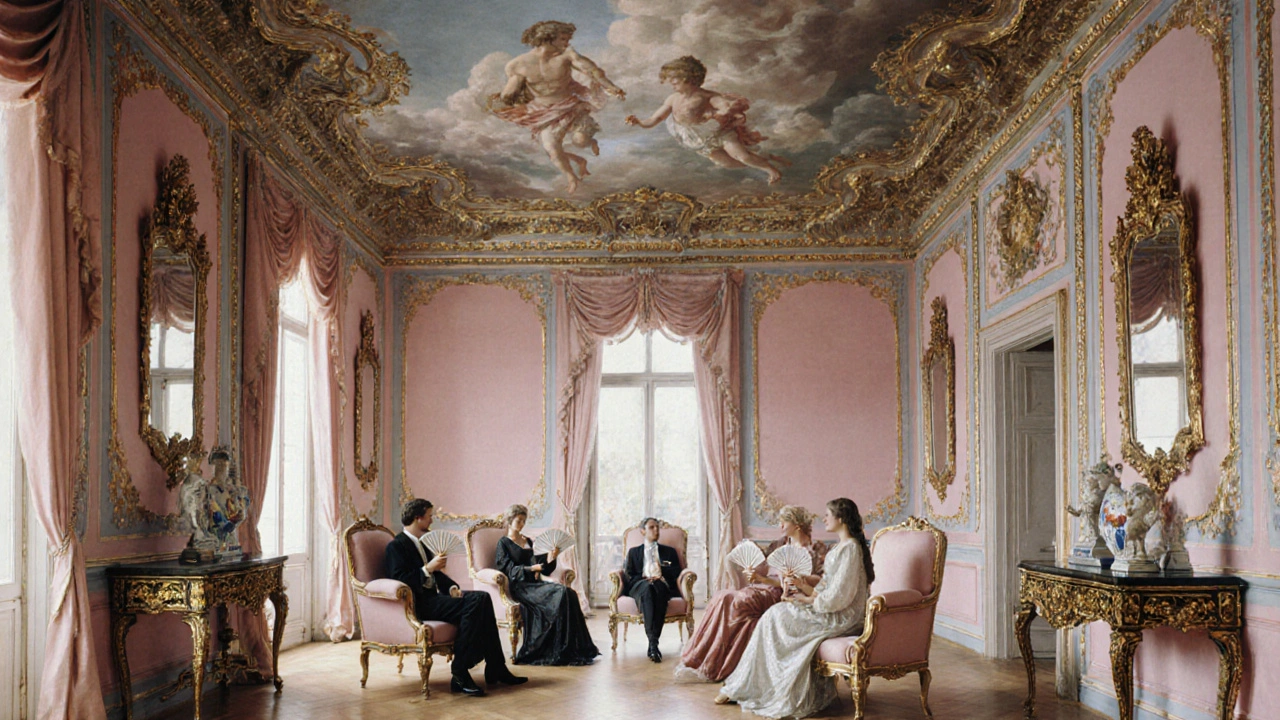
Rococo: The Revolutionary Art Movement That Broke the Mold
A deep dive into Rococo, the 18th‑century art movement that swapped Baroque drama for pastel playfulness, covering its origins, key artists, characteristic style, and lasting influence.
Read more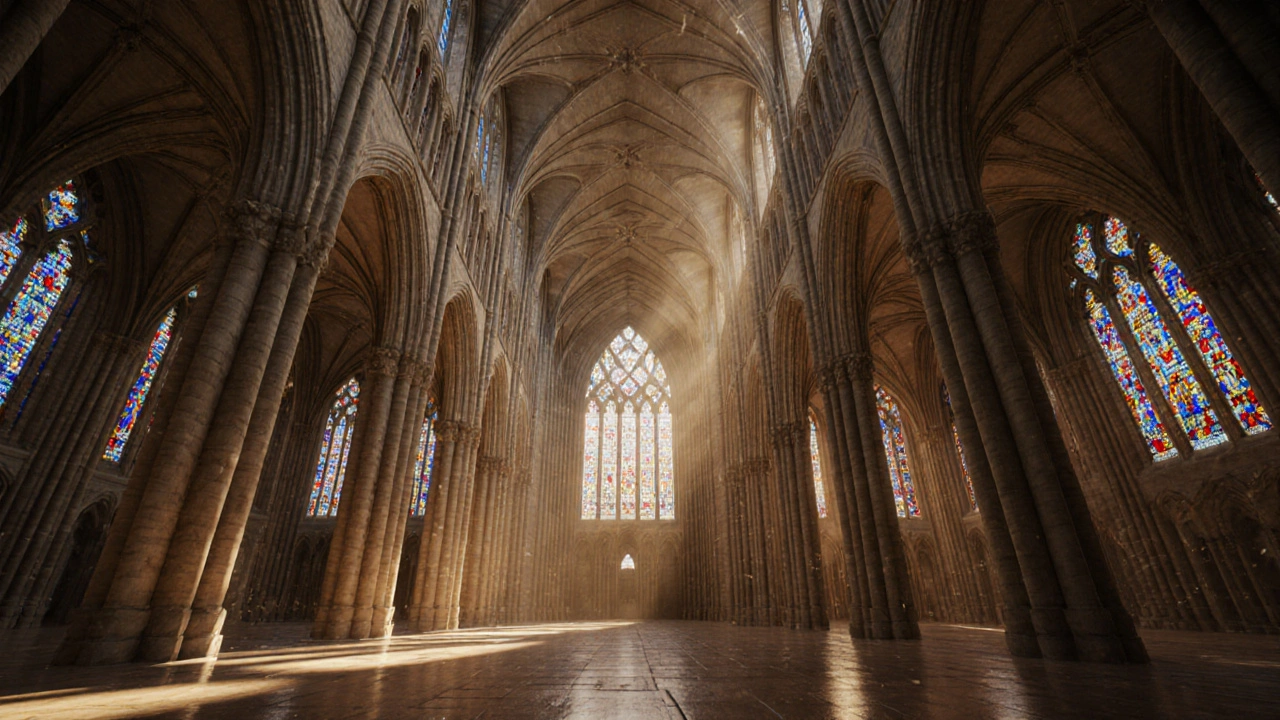
How Gothic Architecture Revolutionized Design
Explore how Gothic architecture's structural and visual innovations reshaped design, influencing everything from medieval cathedrals to modern skyscrapers.
Read more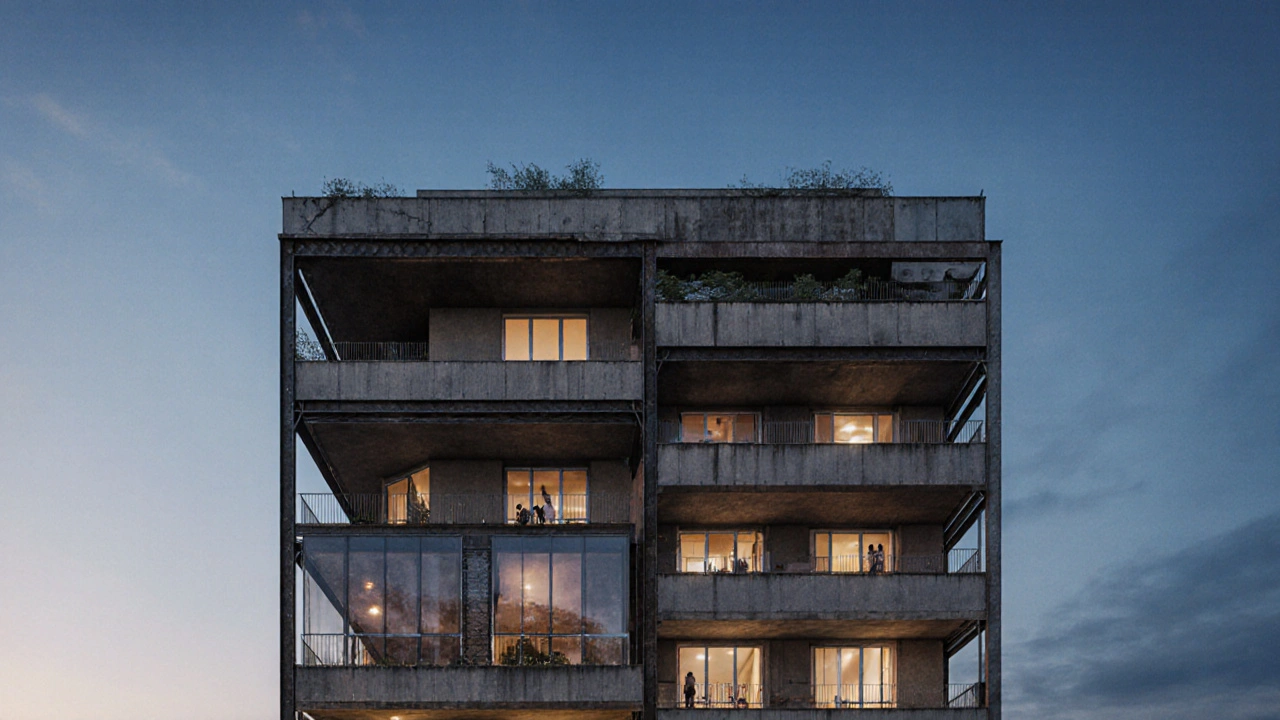
How Constructivist Architecture is Changing Our Perception of Space
Explore how Constructivist Architecture reshapes our experience of space, its historic roots, core principles, modern applications, and practical design tips.
Read more